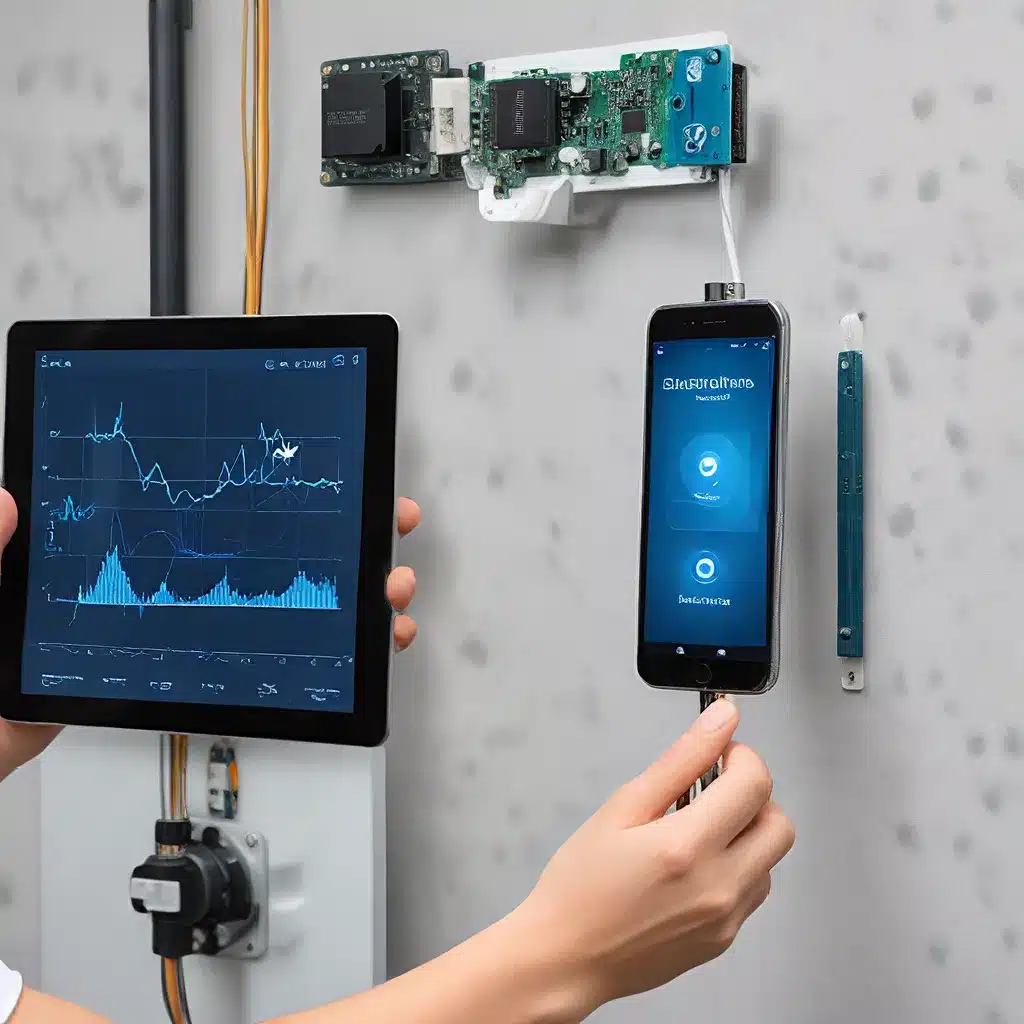
In the rapidly evolving world of sensor networks and Internet of Things (IoT), the ability to maintain accurate and reliable sensor data is crucial for driving meaningful insights and mission-critical applications. As IoT ecosystems become increasingly complex and dynamic, the need for adaptive sensor calibration has emerged as a pivotal factor in ensuring the integrity and responsiveness of sensor-based solutions.
The Imperative of Adaptive Sensor Calibration
Sensor networks are the backbone of IoT applications, enabling the collection and transmission of vast amounts of real-time data from various environments and devices. However, sensors can be susceptible to drift, degradation, or environmental interference over time, leading to inaccurate measurements and potentially skewing the decision-making processes that rely on this data.
Conventional sensor calibration methods often rely on manual, periodic adjustments or pre-defined calibration schedules, which can be time-consuming, labor-intensive, and ill-suited for dynamic IoT deployments. In contrast, adaptive sensor calibration offers a more intelligent and responsive approach to maintaining sensor accuracy and reliability.
Adaptive Sensor Calibration: A Dynamic Solution
Adaptive sensor calibration is a process that continuously monitors sensor performance and adjusts calibration parameters in real-time, ensuring that sensor measurements remain accurate and aligned with the changing environmental conditions or application requirements.
This dynamic approach to calibration employs a range of techniques, including:
-
Sensor Fusion: Combining data from multiple sensors, either of the same type or complementary sensors, to cross-validate measurements and identify potential anomalies or drift.
-
Machine Learning: Leveraging advanced algorithms and predictive models to analyze sensor data patterns, detect calibration issues, and automatically adjust calibration parameters accordingly.
-
Contextual Awareness: Incorporating information about the sensor’s operating environment, such as temperature, humidity, or physical stress, to better understand and compensate for factors that may influence sensor performance.
-
Closed-Loop Feedback: Establishing feedback loops between the sensor network, the calibration system, and the end-application, allowing for seamless and autonomous adjustments to maintain optimal data quality.
Adaptive sensor calibration not only enhances the accuracy and reliability of sensor data but also enables IoT systems to adapt to changing conditions dynamically, unlocking new possibilities for responsive and resilient applications.
Adaptive Calibration in Action: Use Cases and Benefits
Adaptive sensor calibration is a game-changer for a wide range of IoT applications, transforming how sensor networks are designed, deployed, and maintained. Let’s explore some of the key use cases and the benefits they offer:
Smart City Monitoring
In smart city deployments, adaptive sensor calibration can ensure the accuracy of environmental sensors monitoring air quality, traffic patterns, or infrastructure health. By automatically adjusting calibration settings, the sensor network can adapt to seasonal changes, urban development, or unexpected events, providing city planners and residents with reliable, up-to-date information.
Industrial Asset Monitoring
Adaptive calibration is particularly valuable in industrial IoT (IIoT) applications, where sensor-equipped assets, such as machinery or equipment, operate in dynamic and often harsh environments. By continuously calibrating sensors, the system can maintain precise monitoring of critical parameters, optimize maintenance schedules, and avoid costly downtime or equipment failures.
Healthcare and Wellness Tracking
In the healthcare and wellness domains, adaptive sensor calibration can play a crucial role in ensuring the accuracy of wearable devices or in-home monitoring systems. By adapting to changes in user physiology, environmental factors, or device wear and tear, these systems can provide reliable data to support personalized healthcare, remote patient monitoring, and early disease detection.
Precision Agriculture
Adaptive sensor calibration is transforming precision agriculture, enabling farmers to maintain the accuracy of soil moisture, nutrient levels, or weather sensors across diverse and ever-changing field conditions. This responsiveness allows for more precise and efficient resource management, ultimately enhancing crop yields and sustainability.
Securing Adaptive Sensor Calibration: Safeguarding IoT Resilience
As IoT systems become increasingly reliant on adaptive sensor calibration, the need for robust security measures becomes paramount. Calibration systems that can be tampered with or exploited could lead to the injection of false sensor data, undermining the integrity of the entire IoT ecosystem.
Advanced security protocols, such as cryptographic authentication, data encryption, and access control, are essential for protecting the calibration process and ensuring the trustworthiness of sensor data. Additionally, anomaly detection algorithms can help identify and mitigate potential attacks or unauthorized calibration adjustments.
By addressing security concerns, adaptive sensor calibration can not only enhance the accuracy and responsiveness of IoT applications but also contribute to the overall resilience and trustworthiness of the sensor network ecosystem.
Energy-Efficient Adaptive Calibration: Powering Sustainable IoT
As the IoT landscape continues to expand, the energy consumption of sensor networks and calibration systems has become a critical consideration. Adaptive sensor calibration offers opportunities to optimize energy usage and support the development of sustainable IoT solutions.
Energy-efficient calibration techniques, such as adaptive sampling rates, selective sensor activation, and intelligent power management, can help reduce the overall energy footprint of the sensor network. By dynamically adjusting calibration frequencies or selectively activating sensors based on real-time needs, these approaches can extend battery life and minimize the environmental impact of IoT deployments.
Furthermore, the responsiveness and accuracy enabled by adaptive sensor calibration can lead to more efficient resource utilization and process optimization in various IoT domains, from smart cities to industrial automation, ultimately contributing to sustainable and environmentally-conscious IoT solutions.
Embracing the Future of Adaptive Sensor Calibration
As the IoT landscape continues to evolve, adaptive sensor calibration will play an increasingly pivotal role in empowering dynamic, responsive, and resilient sensor-based applications. By continuously maintaining sensor accuracy and alignment with changing conditions, this innovative approach unlocks new possibilities for data-driven decision-making, optimization, and innovation across a wide range of industries.
As you explore the sensor network and IoT ecosystems, keep a keen eye on the advancements in adaptive sensor calibration. This technology is poised to transform how we design, deploy, and manage sensor-based systems, paving the way for a future where IoT solutions are more accurate, adaptable, and sustainable than ever before.
Remember to stay informed by visiting sensor-networks.org, your go-to resource for the latest insights and developments in the world of sensor networks and IoT.